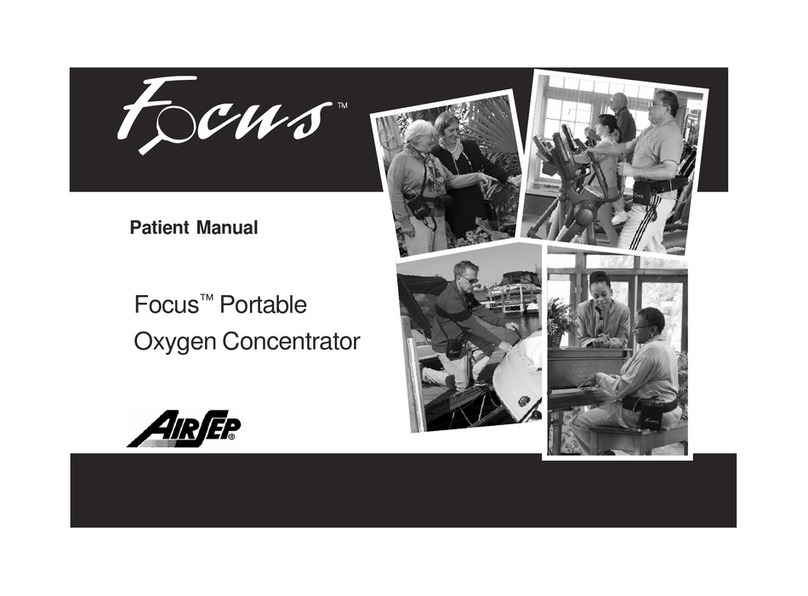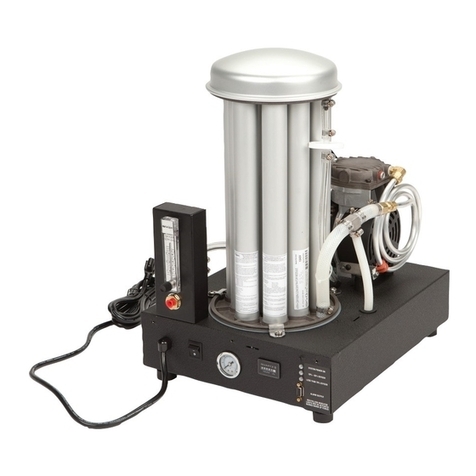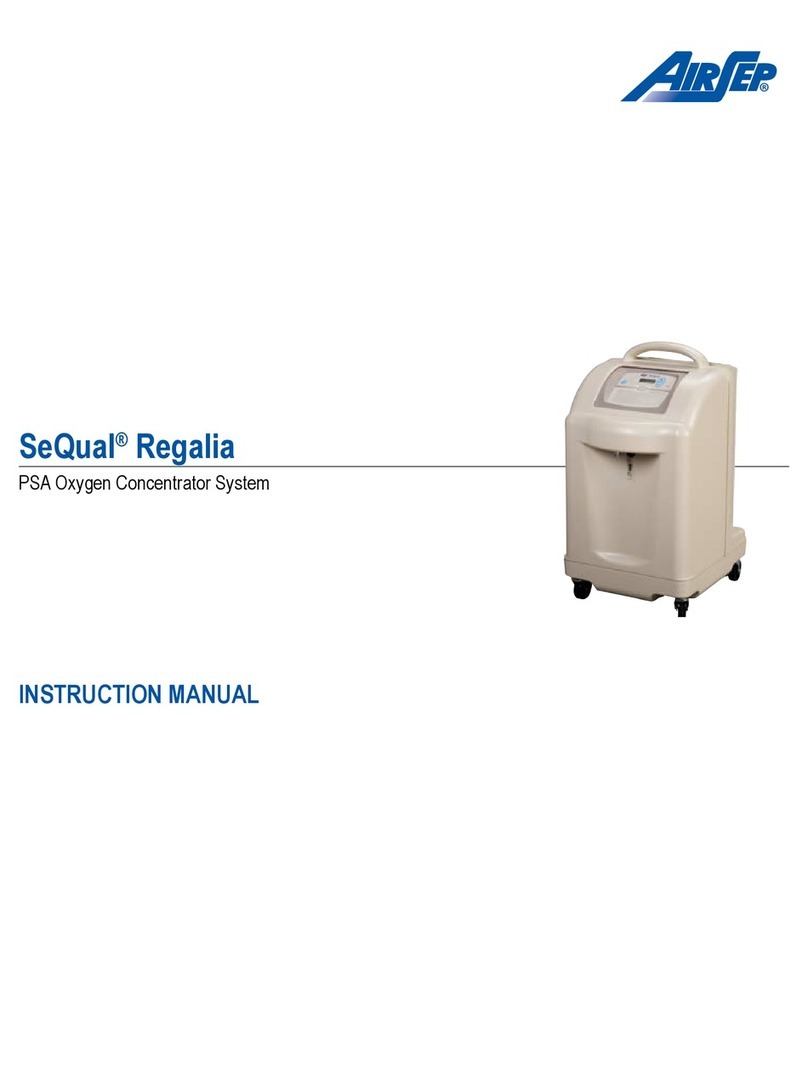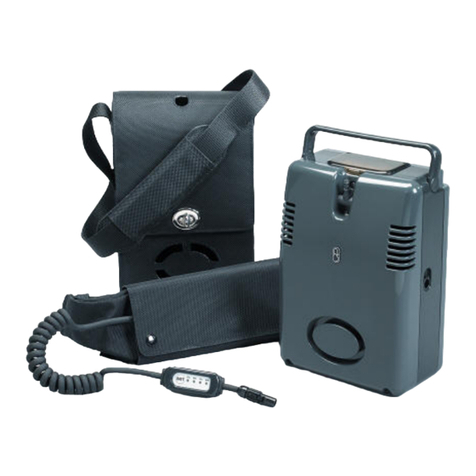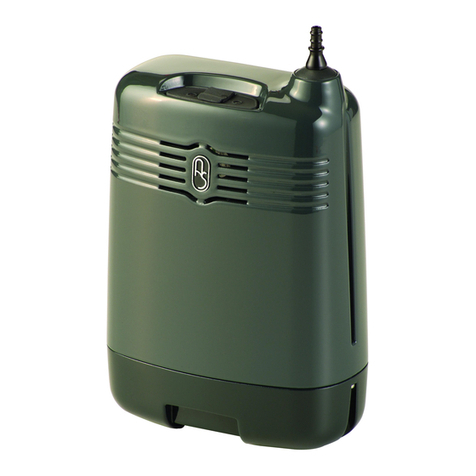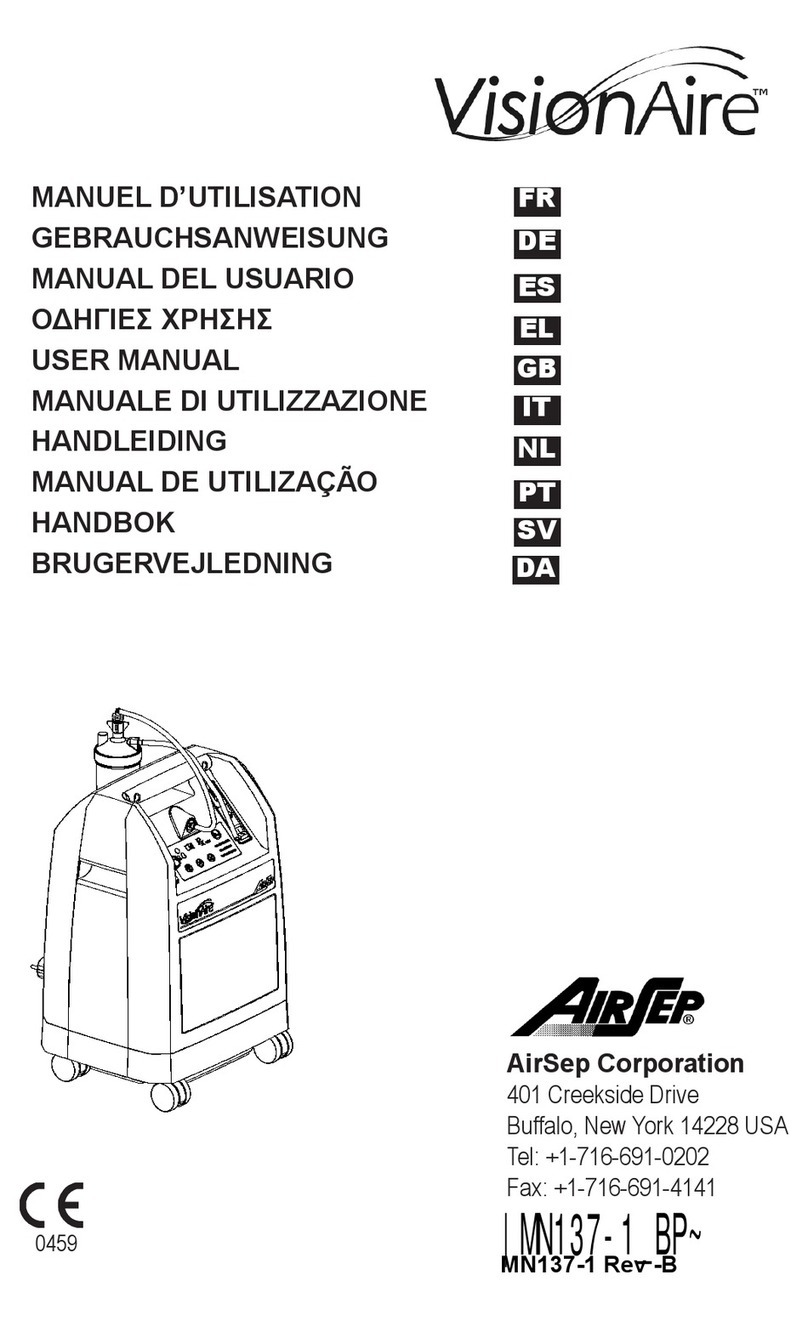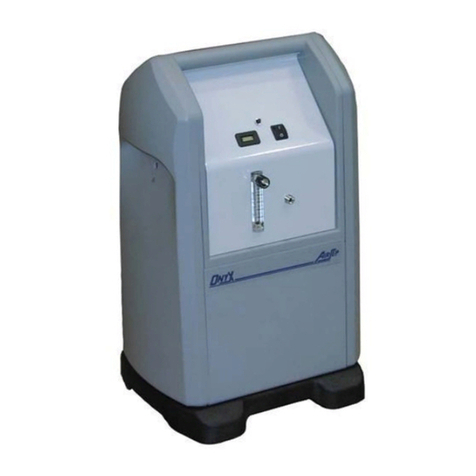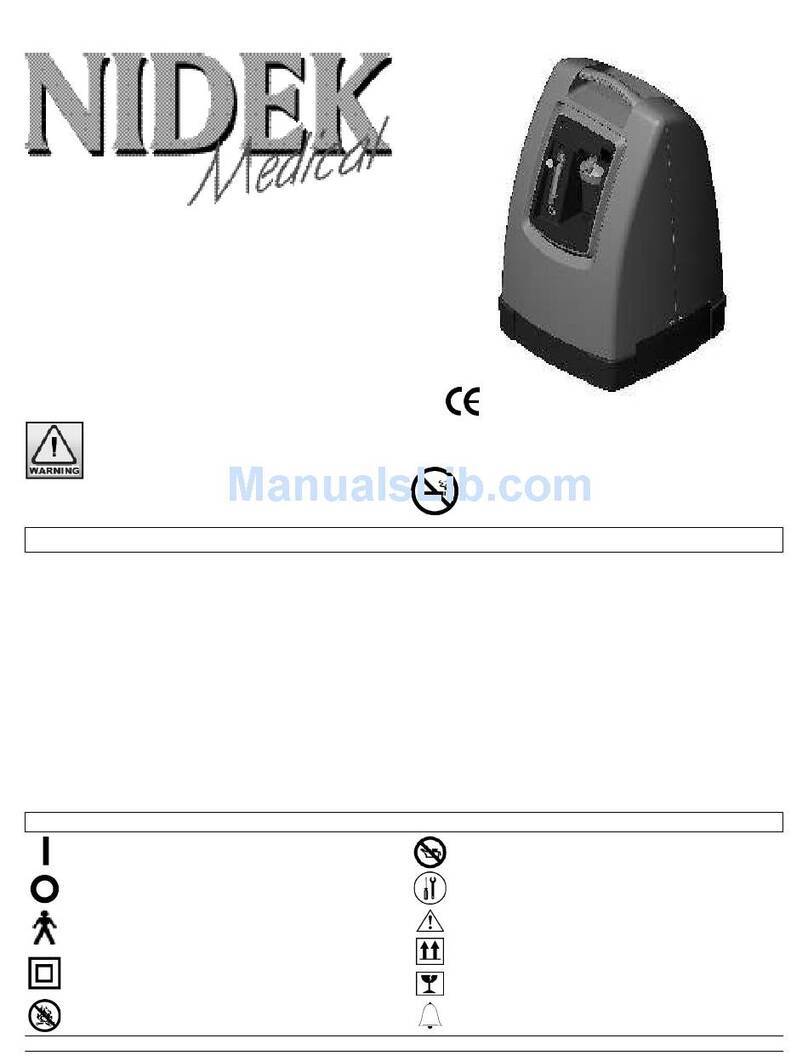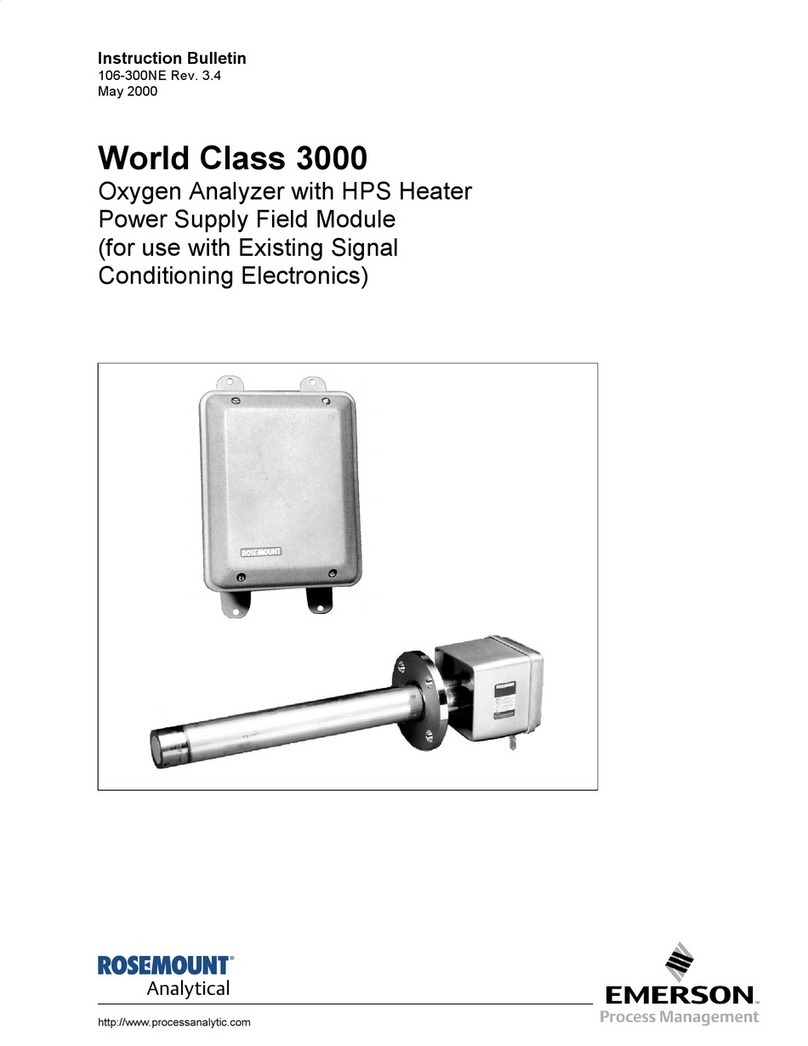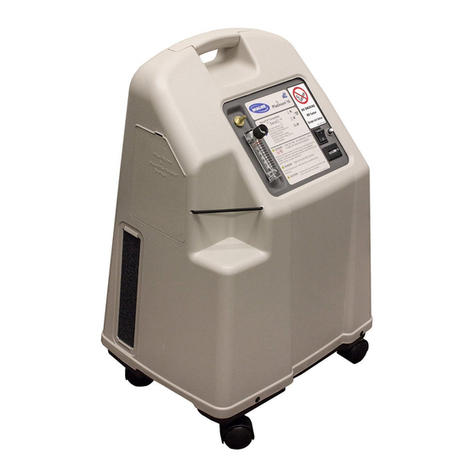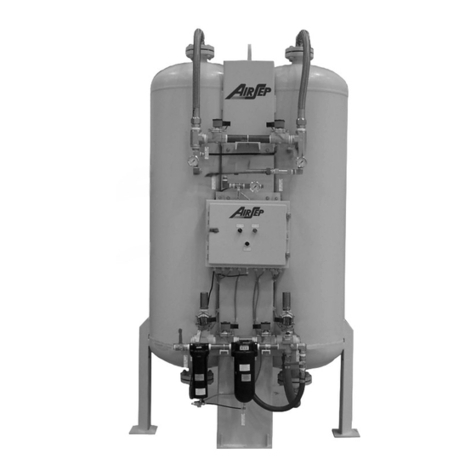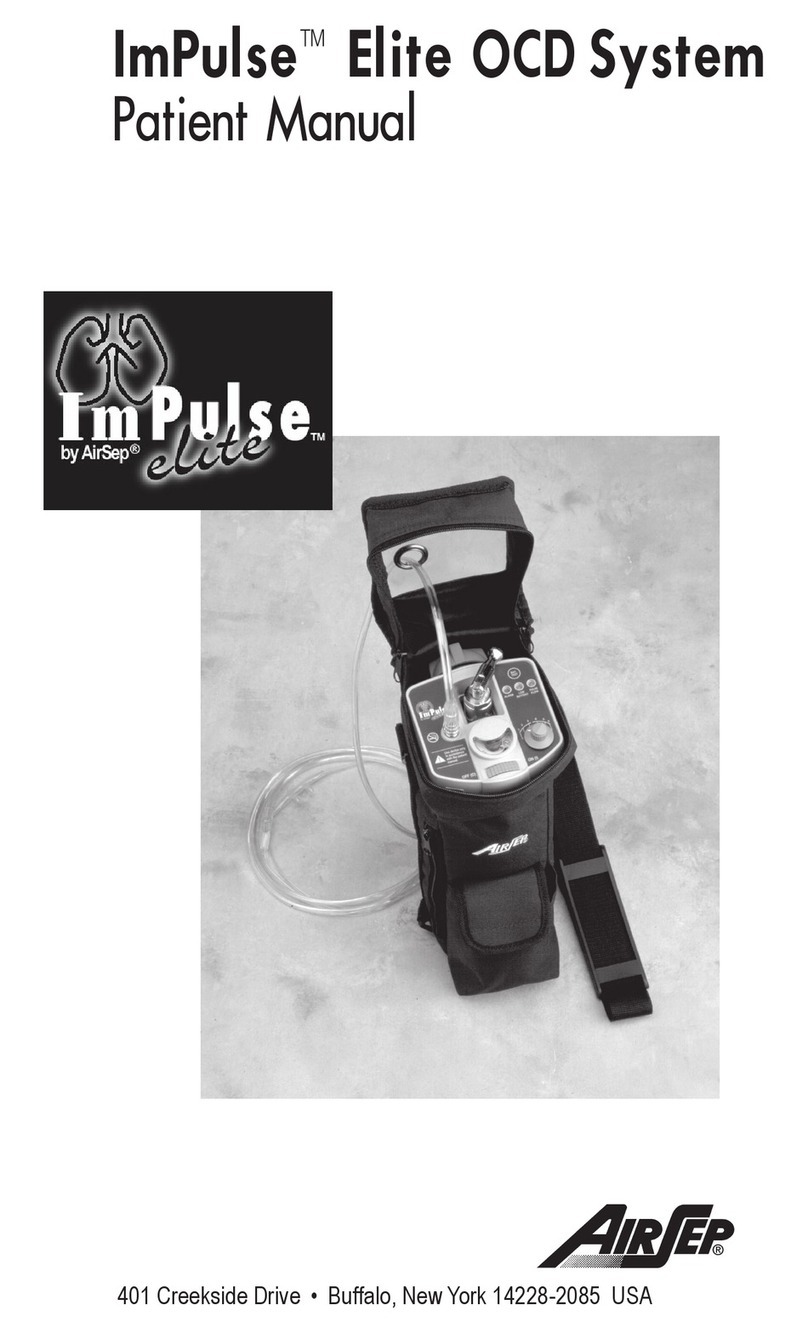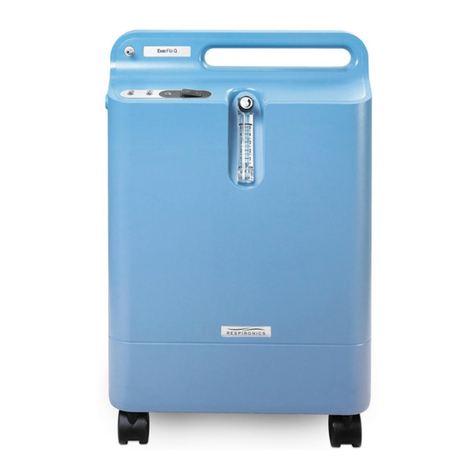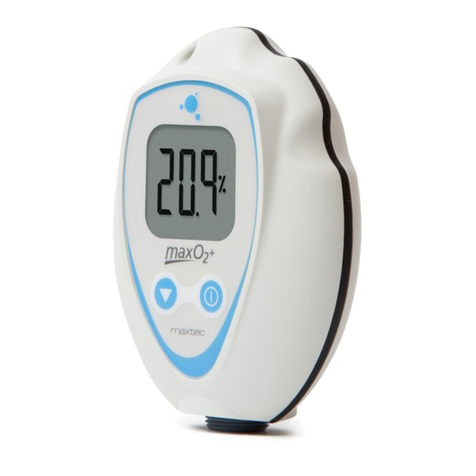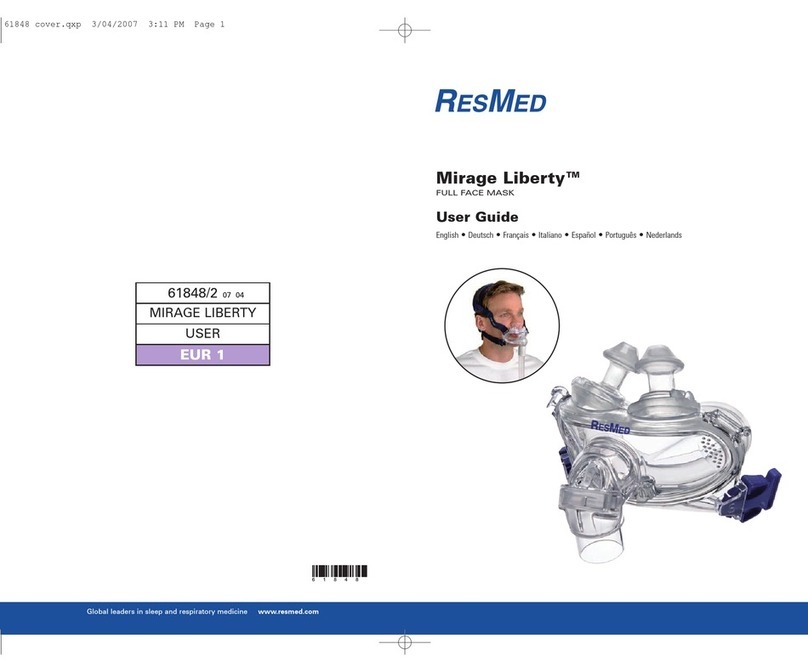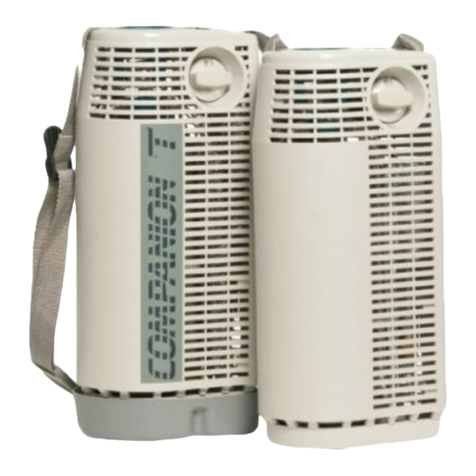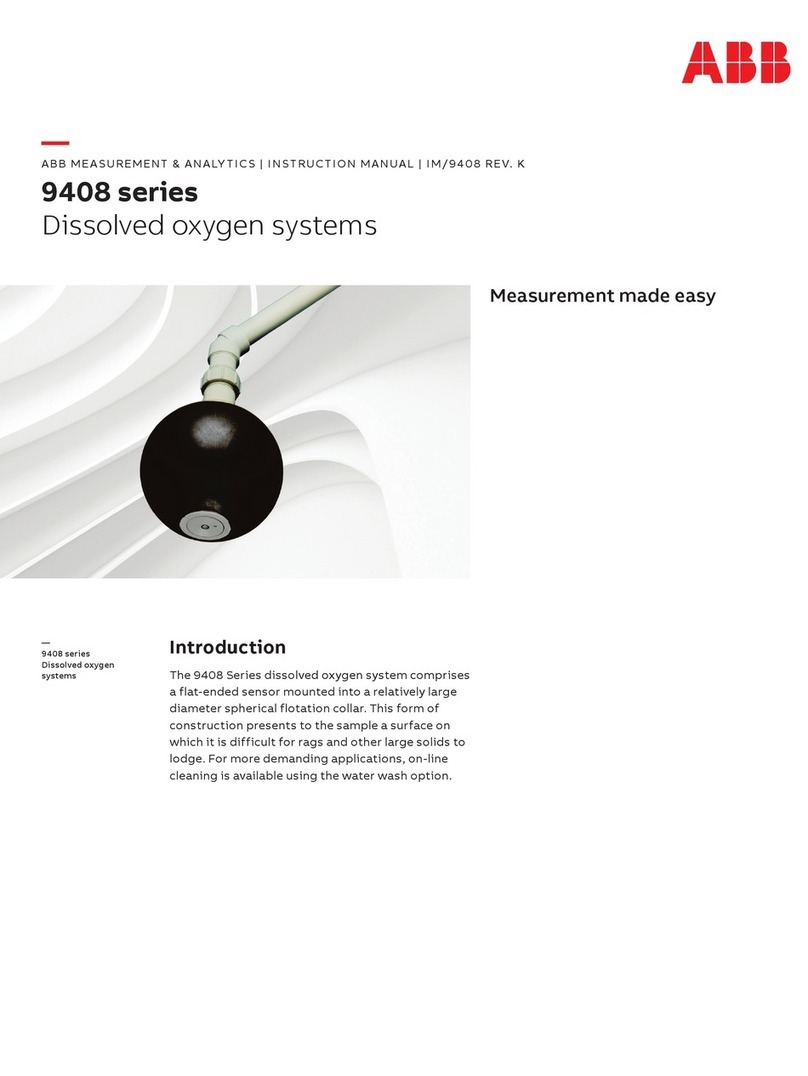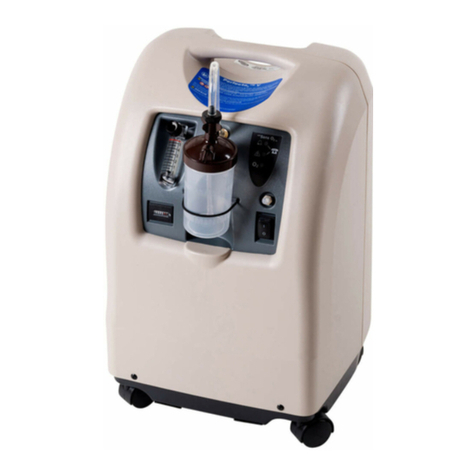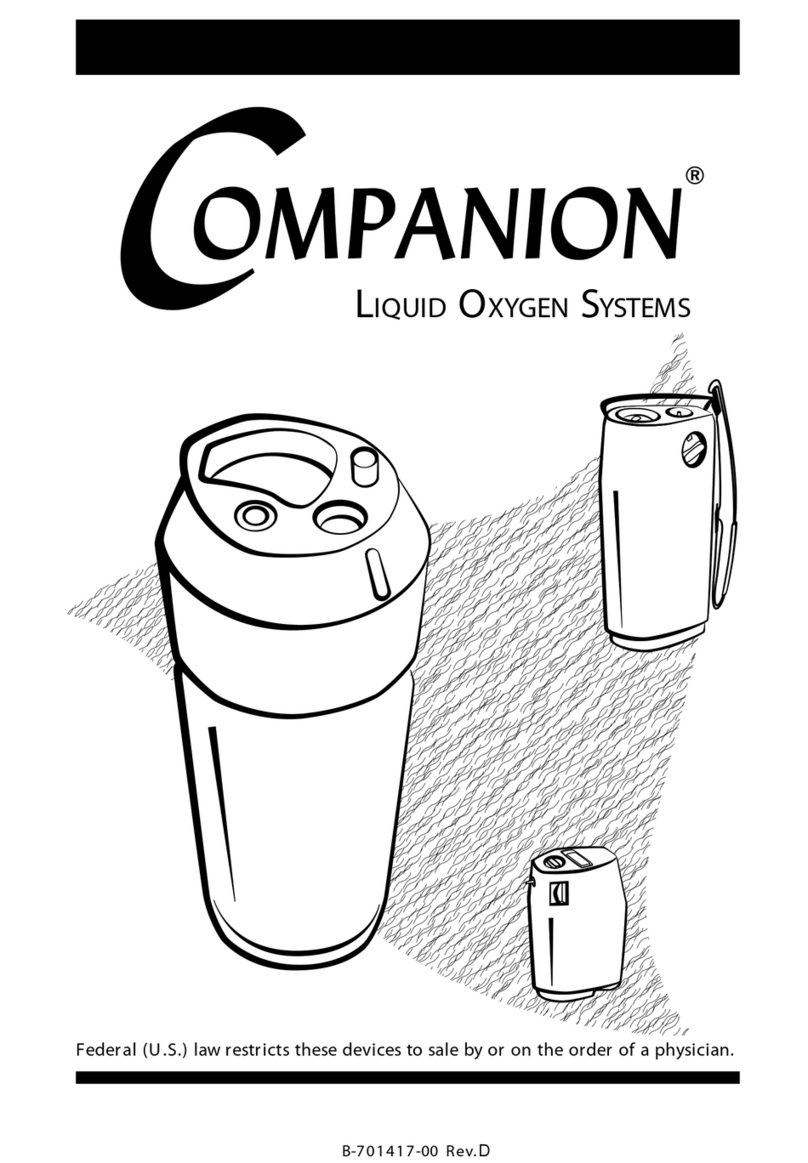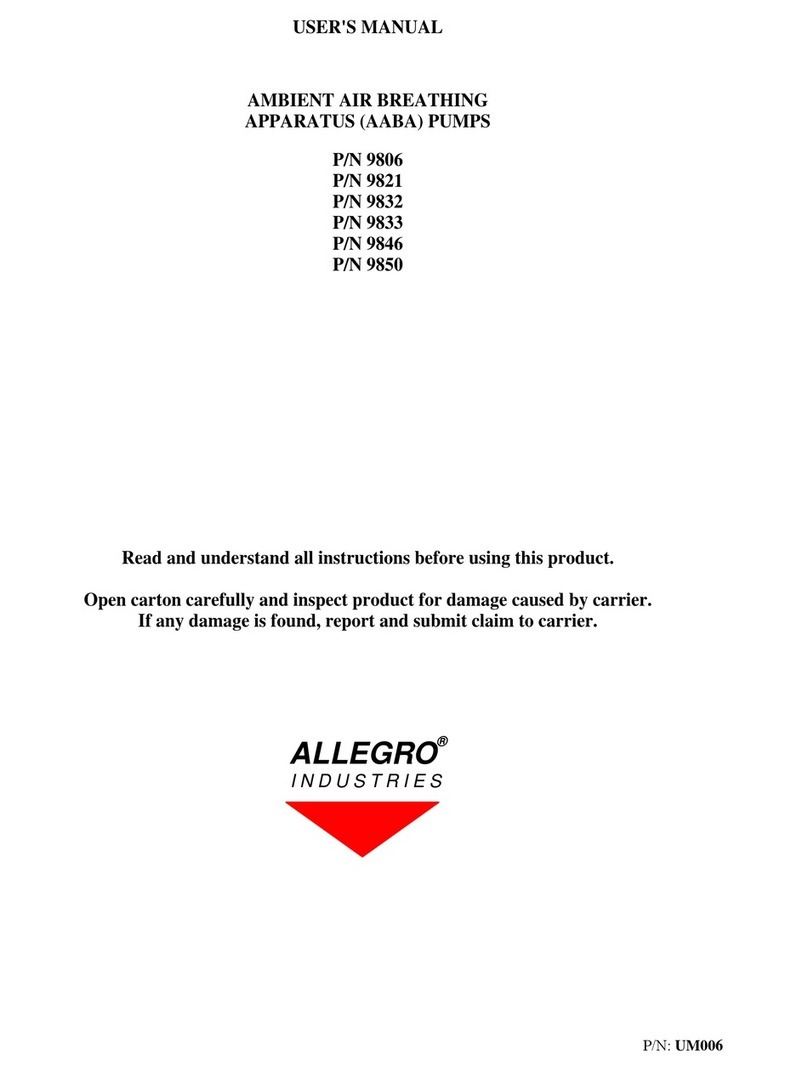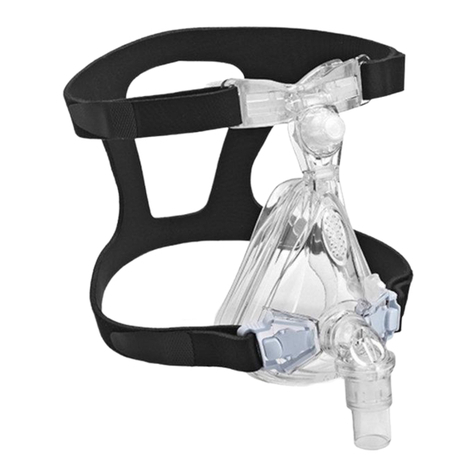AirSep®Corporation
Topaz/Topaz+/Topaz Ultra Instruction Manual i
Table of Contents
1.0 Introduction...............................................................................................................1-1
1.1 General.................................................................................................................1-1
1.2 Warnings, Cautions, and Notes............................................................................1-1
2.0 Safety .......................................................................................................................2-1
2.1 General.................................................................................................................2-1
2.2 Potential Hazards .................................................................................................2-1
2.3 Safety Publications...............................................................................................2-2
3.0 System Description ..................................................................................................3-1
3.1 General.................................................................................................................3-1
4.0 Components Description ..........................................................................................4-1
4.1 External Components...........................................................................................4-1
4.2 Internal Components ............................................................................................4-3
5.0 Installation ................................................................................................................5-1
5.1 Handling and Unpacking ......................................................................................5-1
5.2 Pre-installation Operational Check.......................................................................5-2
5.3 Installation Instructions.........................................................................................5-3
6.0 System Operation.....................................................................................................6-1
6.1 Start-up.................................................................................................................6-1
6.2 Operation..............................................................................................................6-1
6.3 Shutdown .............................................................................................................6-1
7.0 Maintenance.............................................................................................................7-1
7.1 Cleaning the Gross Particle Filter.........................................................................7-1
7.2 Cleaning the Enclosure ........................................................................................7-2
7.3 Solenoid Valves....................................................................................................7-2
7.4 Air Compressor ....................................................................................................7-3
8.0 Troubleshooting........................................................................................................8-1
8.1 Technical Support ................................................................................................8-1
8.2 Troubleshooting Chart..........................................................................................8-1
AAppendix: Technical Data ...................................................................................... A-1
BAppendix: Warranty/Returns .................................................................................. B-1
CAppendix: Parts List ............................................................................................... C-1
DAppendix: Component Literature............................................................................. D-1
